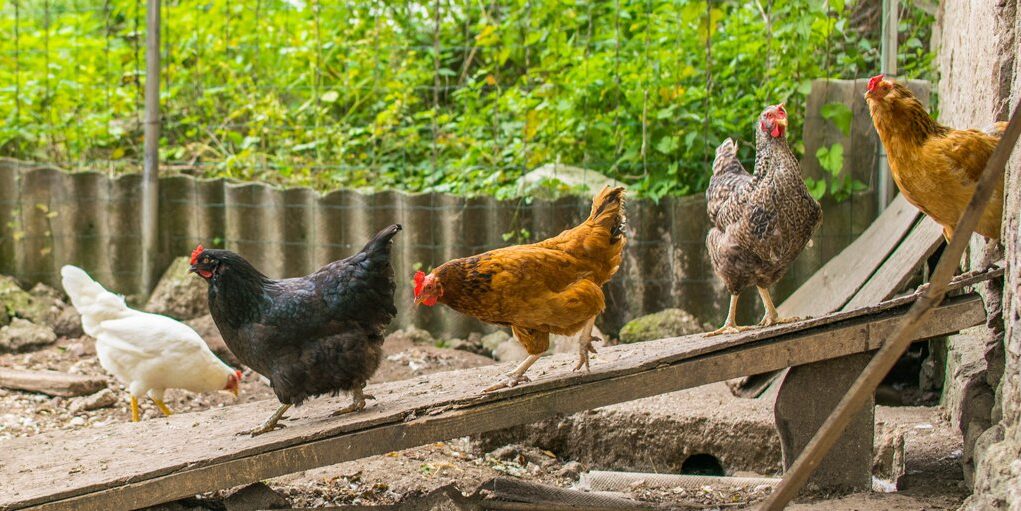In the world of poultry farming, ensuring high egg yield is a top priority. One frequently overlooked factor is lighting. Proper lighting for more egg production is vital in creating an ideal environment to maximize your egg production. When implemented correctly, it can significantly increase egg yield in your chicken coop.

Understanding the Role of Lighting in Egg Production
Birds require light to regulate their biological rhythms. Lighting plays a significant role in the reproductive cycle of hens, influencing their ability to lay eggs. Providing the correct light intensity and duration can stimulate the pituitary gland to produce hormones necessary for egg laying.
Light Intensity
The intensity of light in the coop is crucial. It must be bright enough to simulate natural daylight. A minimum intensity of 10 to 20 lux is recommended to maintain the hens’ physiological functions.
Light Duration
Hens need about 14 to 16 hours of light per day to reach optimal levels of egg production. Managing the duration accurately is key to keeping egg production consistent, even during shorter days.
Implementing a Lighting Schedule
A well-structured lighting schedule is essential. Gradually increasing the amount of light each day mimics the natural progression of daylight in spring, which encourages hens to lay more eggs. Consider using a timer to maintain a consistent schedule.
The Importance of Consistency
Consistency in light scheduling helps prevent stress on hens and ensures stable egg production. Abrupt changes in light exposure can disrupt laying patterns and potentially lower egg production.
Choosing the Right Type of Lighting
Selecting the appropriate light source is as crucial as managing light duration and intensity. Various light bulbs, such as LED, incandescent, and fluorescent lights, have distinct effects on hens.
LED Lighting
LEDs are energy-efficient and have a long lifespan. They provide a full spectrum of light that closely resembles natural sunlight, stimulating hens naturally and promoting higher egg production.
Maintaining Optimal Coop Conditions
In addition to adequate lighting, maintaining optimal coop conditions is vital. This includes proper ventilation, temperature control, and sanitation. Healthy hens are more likely to produce more eggs.
Temperature Control
Ensuring the coop is at a comfortable temperature range (55F to 75F) can boost the overall health and egg-laying capacity of your flock. Extreme temperatures can lead to stress and a decline in egg production.
Ventilation
Proper air circulation is necessary to prevent humidity and the growth of disease-causing organisms. A well-ventilated coop supports a healthy environment, indirectly promoting increased egg production.
Monitoring and Adjusting Your Lighting Strategy
Continual monitoring of your lighting strategy is essential. Track your hens’ egg production and adjust the lighting components as needed to achieve the best results. Regular assessment allows you to tailor your approach to meet the specific needs of your flock.
Using Technology
Consider implementing smart lighting systems that automate adjustments based on environmental conditions. Technology can help streamline the efficiency of your egg production efforts.

Frequently Asked Questions
1. How much lighting is necessary for layers?
Providing 14 to 16 hours of light per day is ideal for hens to lay eggs optimally. Consistency in light duration ensures regular laying patterns.
2. Can too much lighting affect egg production?
Yes, excessive lighting can lead to stress and influence the hens’ natural cycles negatively, potentially reducing egg production.
3. Is LED lighting the best option for chicken coops?
LED lighting is highly recommended due to its energy efficiency, full spectrum, and long lifespan. It simulates natural daylight effectively.
For more insights on how other kitchen appliances affect daily routine, check out effects on rice cookers or learn recipe ideas on steaming siopao
This article contains affiliate links. We may earn a commission at no extra cost to you.










